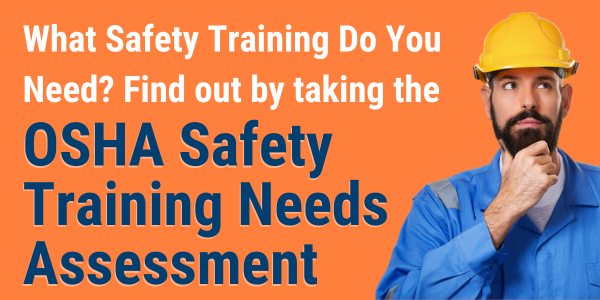EHS Professional
Communications Cafe
In a field where lives and wellbeing are at stake, the ability to communicate clearly and effectively is essential. Keep reading to find a variety of resources to help you refine your communication skills, including writing, communicating with leadership and employees, teaching, and more.
Understanding Regulations
Before communicating safety initiatives, it's essential to fully understand the regulations your company must meet. These regulations — whether federal, state, or local — establish the standards and practices necessary to create a safe working environment, reducing the risk of accidents and injuries. By being well-versed in these guidelines, you can effectively convey the importance of safety protocols and ensure compliance. Having this knowledge will help you demonstrate your company's commitment to employee well-being, and promote a safer and productive workplace.
Refining Communication Skills
EHS professionals require a range of communication soft skills — such as teaching, speaking, writing, and interpersonal communication — to effectively manage safety in diverse environments. As the field evolves, refining these communication skills is essential. Strong communication enables EHS professionals to convey safety protocols to employees, ensure compliance across the organization, and effectively engage with different audiences. It will also help you clearly articulate risks and solutions to stakeholders, fostering collaboration and contributing to a more proactive workplace.
Connecting with Leadership
Effective communication with C-suite executives is key to successfully implementing workplace safety initiatives in organizations of any size. You need to be able to present safety measures in terms that resonate with top leaders, focusing on the things that matter to them, like cost savings, risk management, and compliance. By showing how safety directly impacts the company's bottom line and reputation, you can secure the support and resources needed. Bridging the gap between technical safety details and executive priorities helps align safety with broader organizational goals and fosters a stronger safety culture.

[White Paper] The ROI of Online Safety Training
Online training in the workplace has grown tremendously over the past two decades. While much of the recent growth has come from the rise in remote work, online training also offers benefits to workers who interact daily with machinery and equipment. If you are considering adding this to your training program, remember that quality does matter – especially for the adult learner.

.png)
















